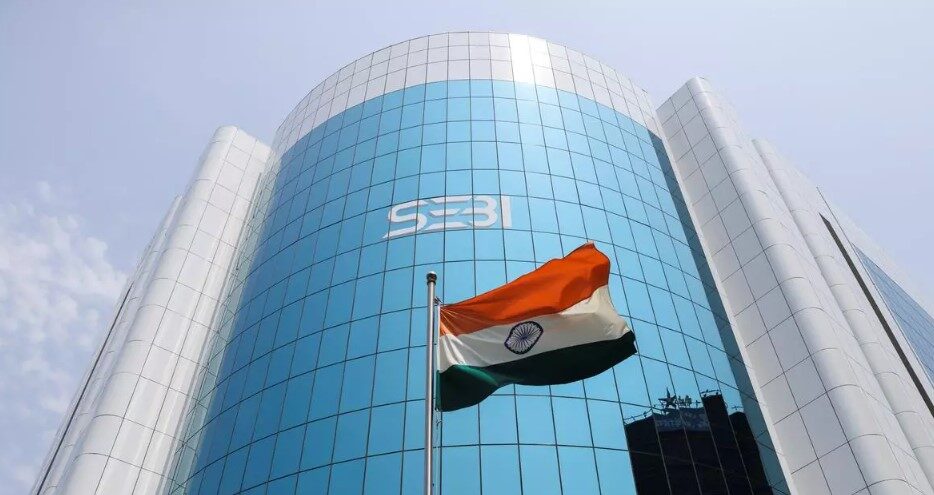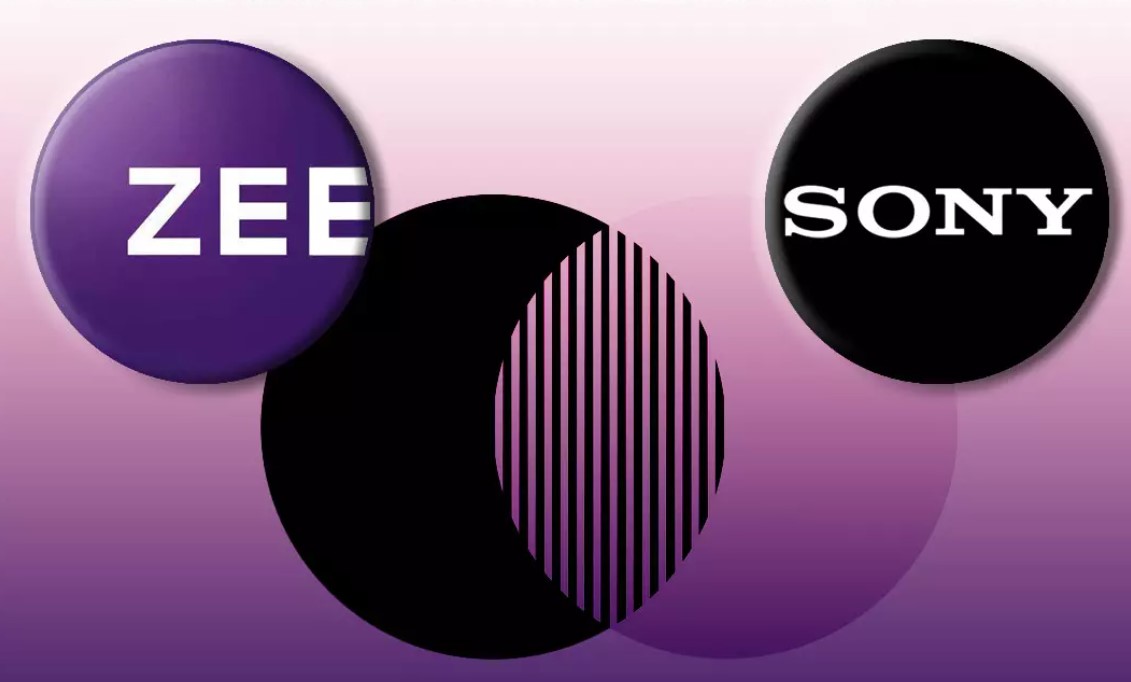Both the Nifty and the Sensex have dropped 1% in the last month. During the same time period, the Nifty midcap 150 has increased by more than 3%, while the Nifty smallcap 250 has increased by 6%.
Stock values are no longer cheap, which has sent many investors to the sidelines, waiting for a dip to enter the market. Some investors believe that now is the moment to register profits in order to utilise the proceeds when the market corrects.
Any future market correction will most likely be caused by the US Federal Reserve’s aggressive stance on interest rates in order to curb inflation and stagflation concerns in the world’s largest economy.
At this juncture, smallcap and midcap indices have outpaced the National Stock Exchange’s benchmark Nifty50 and the BSE Sensex.
Let us look more closely at why the broader market has outperformed headline indices.
How much has the broader market rallied in comparison to the headline indices?
The Nifty50 and Sensex have both declined 1% in the last month. During the same time period, the Nifty Midcap 150 has increased by more than 3%, while the Nifty Smallcap 250 has increased by 6%.

Why has the broader market risen and what has capped the gains in headline indices?
The first stage of the rally, from July 6 to September 13, saw the Nifty50 rise to 18,000 from 16,000, with largecap stocks leading the way.
When the Nifty was at 17,800 a month ago, only 4% of the equities on the index were trading below the 200-day moving average (DMA). According to a wealth manager, 50 percent of the companies in the Nifty midcap 150 index were below the 200-day moving average, while 82 percent were below the Nifty smallcap index.
This demonstrated that, despite the runup in the Nifty, smallcap and midcap equities were still failing to find pace, implying that the rally was not broad-based, he said.
Now that largecaps appear overpriced, the market is shifting its focus to midcap and smallcap equities with good upside potential.
What is the reason for the outperformance of the broader market or the underperformance of headline indices?
The valuations of numerous largecap equities appeared stretched, while most midcaps and smallcaps remained appealing. This caused money to flow into midcaps and smallcaps, boosting the Nifty midcap 150 and Nifty Smallcap 250 indices.
Essentially, the outperformance was due to investors seeking growth companies at a time when bluechips were overbought.
Will the broader market’s outperformance continue, and what is the market outlook?
In the near to medium term, midcaps and smallcaps are projected to continue outperforming.
Currently, the Nifty smallcap trades at 17 times forward PE, the Nifty midcap at 23 times forward PE, and largecaps at 19.6 times forward PE. According to the wealth manager cited above, midcap valuations appear slightly stretched because traditionally, small and midcap stocks traded at a big discount to largecap stocks.
A segment of the market feels that India has reached a tipping point in its capital expenditure cycle and will continue to draw international and domestic investments.
Many multinational corporations have embarked on a capacity expansion spree. Analysts believe that banks are now in better shape and better capitalised to support the economy’s credit growth.
Along with the resurrection of the capital expenditure cycle, Indian enterprises’ earnings cycle is also seen reversing.
“India’s earnings cycle has seen a recovery after nearly a decade and continues to remain solid,” Motilal Oswal Financial Services noted in a recent note.

